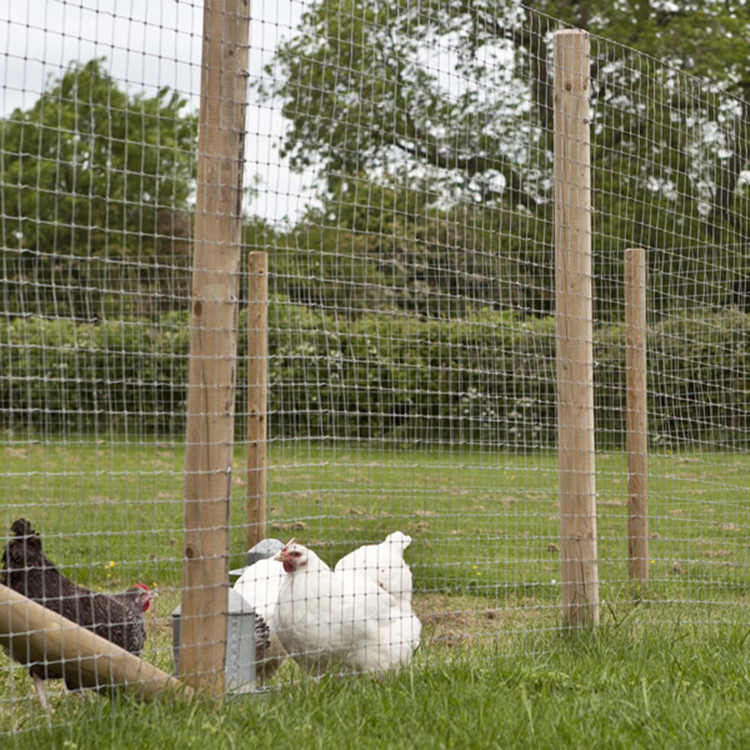Dec . 15, 2024 11:34 Back to list
fiberglass insect screen factories
Exploring Fiberglass Insect Screen Factories The Backbone of Modern Screening Solutions
In today’s world, where maintaining indoor comfort while safeguarding against pesky insects is paramount, fiberglass insect screens have become a go-to solution for homeowners and builders alike. The production of these screens is a specialized process that takes place in dedicated fiberglass insect screen factories. These facilities not only contribute significantly to the building materials industry but also play a vital role in enhancing the quality of life for millions.
What Are Fiberglass Insect Screens?
Fiberglass insect screens are made from fine, woven strands of fiberglass that are coated with a protective layer, ensuring durability and longevity. This type of screening is incredibly popular because it is lightweight, resistant to corrosion, and offers excellent visibility and airflow without compromising on protection against small insects like mosquitoes, flies, and other pests. The screens are available in various colors and mesh sizes, making them versatile for different applications, from residential windows to patio doors.
The Manufacturing Process
The manufacturing process of fiberglass insect screens begins with the creation of fiberglass yarn. Raw materials, primarily silica sand, are melted down at high temperatures to produce glass fibers. These fibers are then drawn into very thin strands that can be woven together to form mesh. The quality of the yarn is critical, as it determines the strength and durability of the final product.
Once the yarn is prepared, it undergoes a weaving process. Factories employ advanced weaving machines, similar to textile looms, to create the mesh fabric that will be used for the screens. The machinery ensures even spacing and tension, which are essential for the performance of the final product. After weaving, the fabric is treated with a protective coating, typically made from vinyl or PVC, which enhances its resistance to UV rays, moisture, and other environmental factors.
Following this treatment, the mesh is cut to specific sizes suitable for window and door installations. Factories also offer custom sizes based on client specifications, ensuring that their products can meet a wide range of architectural needs. The final steps include packaging and shipping, where quality control measures are implemented to ensure that only defect-free screens reach the market.
fiberglass insect screen factories

The Role of Quality Control
Quality control is an integral part of the production process in fiberglass insect screen factories. Each batch of screens undergoes rigorous testing to evaluate their durability, tensile strength, and resistance to environmental factors. This commitment to quality not only enhances the reputation of the manufacturers but also ensures customer satisfaction and safety. Complaints stemming from inferior products can lead to significant losses and damage to brand reputation, making it essential for factories to adhere to stringent quality standards.
Environmental Considerations
In recent years, sustainability has become a focal point in manufacturing processes worldwide. Many fiberglass insect screen factories have begun implementing eco-friendly practices, such as reducing waste during production, recycling materials, and using less harmful chemicals in treatments. By sourcing fiberglass from sustainable sources and minimizing their ecological footprint, these factories contribute positively to environmental stewardship while still meeting consumer demand.
Market Trends and Innovations
The market for fiberglass insect screens is witnessing growth, fueled by an increasing awareness of the importance of pest control and home comfort. Innovations such as self-tensioning screens, retractable options, and those with enhanced visibility features are on the rise. Factories are investing in research and development to keep pace with consumer demands, ensuring that they produce the most advanced screening solutions possible.
Conclusion
Fiberglass insect screen factories are the unsung heroes in the quest for comfort and pest protection in homes and buildings around the world. Through meticulous manufacturing processes, dedication to quality, and an eye on sustainability, these factories are not just suppliers but essential contributors to modern-day living. As demand continues to grow, so too will the innovations and practices within these facilities, ensuring that fiberglass insect screens remain a staple in homes around the globe. With their combination of durability, performance, and aesthetic appeal, it is clear that the role of fiberglass insect screens in our lives is significant—and likely to expand even further in the future.
-
Hop Dipped Galvanized/PVC Coated Temporary Fence - Anping County Xingzhi Metal Wiremesh Products Co., Ltd.|Temporary Fencing Solutions, Durable Security Products
NewsJul.30,2025
-
Hop Dipped Galvanized/PVC Coated Temporary Fence-Anping Xingzhi|Durability&Cost-Effective
NewsJul.30,2025
-
Hop-Dipped Galvanized PVC Fence - Anping Xingzhi | Durable, Quick Deployment
NewsJul.30,2025
-
Hop Dipped Galvanized/PVC Coated Temporary Fence - Anping County Xingzhi|Temporary Fencing, Durable Security, Customization
NewsJul.30,2025
-
Hop Dipped Galvanized PVC Coated Temporary Fences - Anping County Xingzhi|Durable Corrosion Resistance, Quick Installation
NewsJul.30,2025
-
Hop Dipped Galvanized / PVC Coated Temporary Fence - Anping County Xingzhi Metal Wiremesh Products Co., Ltd|Durable Temporary Fencing&Versatile Applications
NewsJul.30,2025



